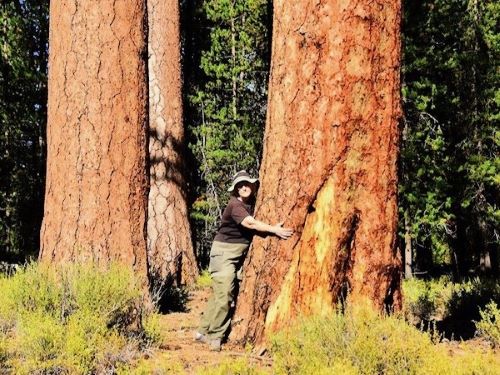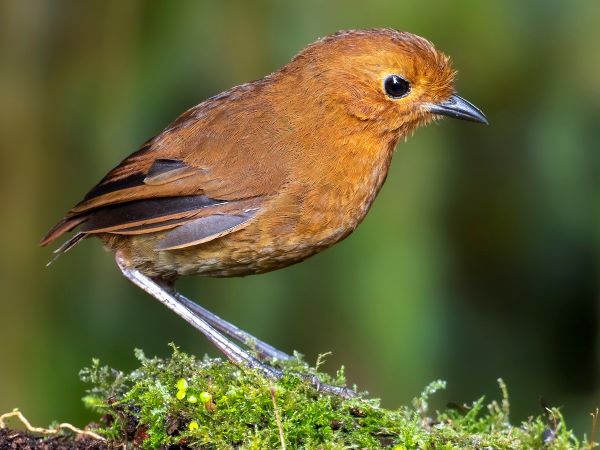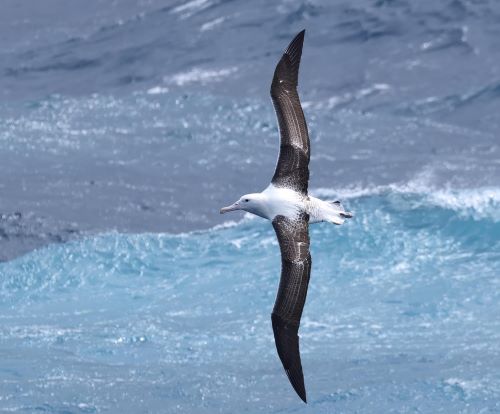Meet our new Habitat Haven volunteer. Evelyn Sherr has joined Lane Audubon’s Habitat Haven Backyard…
It’s 6:00 a.m. and still dark when we arrive at the Millican lek, just east of Bend. Even in the predawn darkness of this early May morning, we can hear the “thump-gurgle, thump-gurgle” of the male Greater Sage-Grouse as they try to impress the females. The elaborate courtship display goes on for an hour and a half until the birds finally settle down in the full light of day, and it will continue every morning for another month as the sage-grouse work out their relationships.
This fascinating ritual is becoming increasingly rare in Oregon and across the West as development, livestock grazing, wildfire, and other environmental impacts reduce sage-grouse habitat.
February 2014 Update on the Greater Sage-Grouse.
It’s 6:00 a.m. and still dark when we arrive at the Millican lek, just east of Bend. Even in the predawn darkness of this early May morning, we can hear the “thump-gurgle, thump-gurgle” of the male Greater Sage-Grouse as they try to impress the females. The elaborate courtship display goes on for an hour and a half until the birds finally settle down in the full light of day, and it will continue every morning for another month as the sage-grouse work out their relationships.
This fascinating ritual is becoming increasingly rare in Oregon and across the West as development, livestock grazing, wildfire, and other environmental impacts reduce sage-grouse habitat.
Natural History
The Greater Sage-Grouse is the largest of the North American grouse species, with the male weighing between 4 and 7 pounds and the female between 2 and 4 pounds. They typically live between 3 and 6 years. As the name implies, sage-grouse require sagebrush—and large areas of contiguous sagebrush at that—like we have in eastern Oregon. Sage-grouse have what is called strong site fidelity; that is, they are loyal to a specific area and return to it year after year, even if that area becomes degraded.
Sage-grouse mate on leks, which are patches of bare soil, short grass steppes, windswept ridges, or exposed knolls, often near nesting habitat. Due to low nesting rates, small clutch sizes (number of chicks per nest), and low chick survival, the population grows slowly, if at all.
Sagebrush is a hardy plant and is able to withstand very harsh conditions—except for fire. While an individual plant can live as long as 150 years, a stand of sagebrush may take as long as 120 years to recover from a wildfire.
Conservation Issues
Sage-grouse were considered abundant at the time of European settlement; estimates range up to 16 million individuals at that time. By 2000, it was estimated that there were as few as 100,000. Like the decline of so many bird populations, habitat destruction is a primary cause of the decline of the sage-grouse. For instance, in Wyoming, which has by far the largest population of these birds, the fracking-driven oil and gas boom is decimating sage-grouse habitat by fragmenting it with untold miles of new roads to service the oil wells and other infrastructure.
Here in Oregon, the sage-grouse suffered a major setback in 2012 when the Long Draw fire in southeast Oregon burned nearly 600,000 acres, including nearly 500,000 classified as critical to sage-grouse survival. The wildfire burned across at least 20 known leks. Recovery of this critical sage-grouse habitat depends on controlling invasive species and allowing time for reestablishment of a diverse cover of native plants—growth that will take 25 to 120 years. Introduction of livestock grazing before this recovery is complete can cause the recovery to fail. While the Bureau of Land Management has withdrawn plans to build fences and water tanks in the burned areas, it still intends to reintroduce cattle grazing.
In 2010, the US Fish and Wildlife Service (USFWS) decided that listing the Greater Sage-Grouse under the Endangered Species Act was warranted, but the listing is precluded at this time due to higher priority listing actions. A final listing decision is due in 2014.
Learn more about the Greater Sage-Grouse
US Fish & Wildlife Service: www.fws.gov/mountain-prairie/species/birds/sagegrouse/
Oregon Natural Desert Association: http://onda.org/what-we-do/fish-and-wildlife/greater-sage-grouse
National Audubon Society: http://policy.audubon.org/greater-sage-grouse
Update on the Streaked Horn Lark
In the September Quail, we featured the Streaked Horned Lark and mentioned its pending listing by the US Fish and Wildlife Service. On October 2, the USFWS released its decision to list the Streaked Horned Lark as a threatened species under the Endangered Species Act.
Unfortunately, the final critical habitat designation for the lark was whittled down to just 4,629 acres in Washington and Oregon, far below the 12,000+ acres that conservationists had suggested as necessary. It also exempts all agricultural practices and field conversions, thus providing little or no effective protection to larks. Three national wildlife refuges, Finley, Baskett Slough, and Ankeny, are the only patches of critical habitat protected south of the Columbia River.



